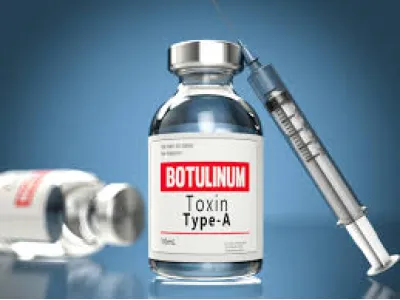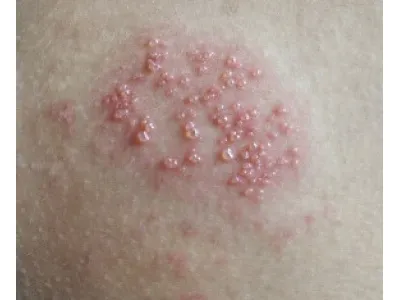Autumn Protection for Skin and Hair: A Scientific Approach to Seasonal Stressors

Autumn Protection for Skin and Hair: A Scientific Approach to Seasonal Stressors
With the onset of autumnal cooling, skin and hair are exposed to combined stressors, including low temperatures, increased wind speed, and reduced air humidity. These factors disrupt epidermal homeostasis and hair structural integrity, necessitating an adapted preventive care routine.
Physiological impact of cold on the skin
As ambient temperature decreases, the epidermis experiences reduced transepidermal water loss and constriction of peripheral blood vessels, leading to decreased microcirculation and slower cellular regeneration. In autumn, dryness, flaking, and micro-injuries are more common. Barrier disruption increases susceptibility to inflammatory processes. The use of emollients containing ceramide complexes, phospholipids, and plant-derived lipids promotes lipid barrier restoration and enhances skin hydration.
Hydration and skin softening: molecular aspects
Maintaining epidermal hydration in autumn is critical for preserving barrier function. Hyaluronic acid, glycerin, and panthenol retain water in the stratum corneum, preventing dehydration. Natural oils, such as shea and jojoba, protect the lipid layer from oxidative stress. At a molecular level, these components reduce free radical activity and stabilize keratinocyte membranes, slowing inflammation and premature aging processes.
Cold air and hair structure
In autumn, the hair cuticle is exposed to physical and thermal stress. Lower temperatures increase keratin fiber fragility and enhance static electricity. Protein-rich masks and oils, including argan and coconut oil, strengthen the hair cortex, forming a protective layer that prevents splitting and microdamage. Regular use of these treatments reduces fragmentation and brittleness at a molecular level, improving elasticity and resistance to mechanical stress.
Rational washing and conditioning methods
Warm water and sulfate-free shampoos minimize damage to the lipid layer of the scalp and facial epidermis. Hot water accelerates dehydration and disrupts hair keratin structure. Conditioners and leave-in serums form a thin lipid-protein layer on the hair surface, reducing water loss, creating a barrier against wind and temperature fluctuations, and stabilizing the cuticle. These measures decrease both physical and chemical stress on hair and scalp.
Influence of nutrition and micronutrients on skin and hair
Autumn is characterized by a decrease in antioxidant and vitamin intake. Omega-3 fatty acids, vitamins A, C, E, and zinc support collagen synthesis, lipid metabolism regulation, and cellular protection from oxidative stress. Deficiencies in these nutrients result in reduced skin elasticity, hair fragility, and impaired structural integrity. A combined approach including a balanced diet and multivitamin supplementation provides systemic support for dermal and keratin structures.
Mechanical protection against external factors
Physical protection of skin and hair is an effective strategy to minimize the impact of cold air and wind. Wearing hats, scarves, and gloves reduces heat loss and prevents micro-injuries to the epidermis. For hair, silk or cotton scarves reduce friction and static electricity. These measures preserve the structural integrity of keratin fibers, prevent splitting and brittleness, and maintain optimal hydration levels in facial and hand skin.
Adapting the skincare routine for autumn
Effective autumn care requires revising standard cosmetic routines. Light summer products are replaced with richer emollients, and the frequency of conditioner and mask use is increased. Gentle exfoliation stimulates epidermal renewal without causing dehydration. A systematic combination of hydration, protection, and nutrient support allows skin and hair to maintain physiological functions and minimizes adverse environmental effects.










